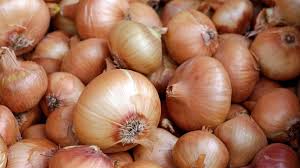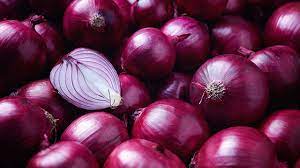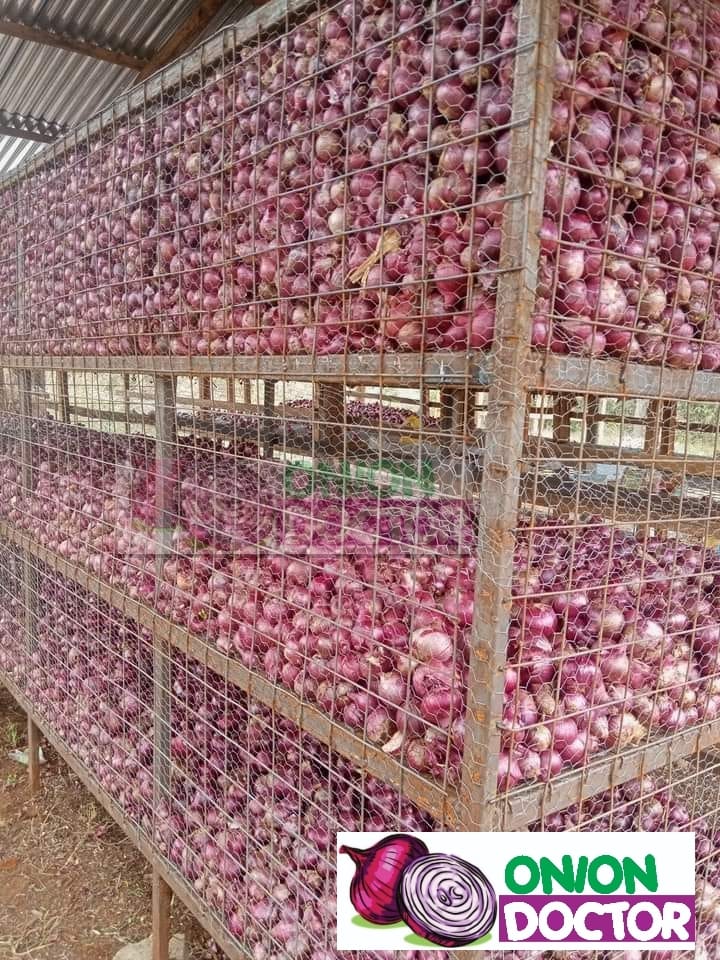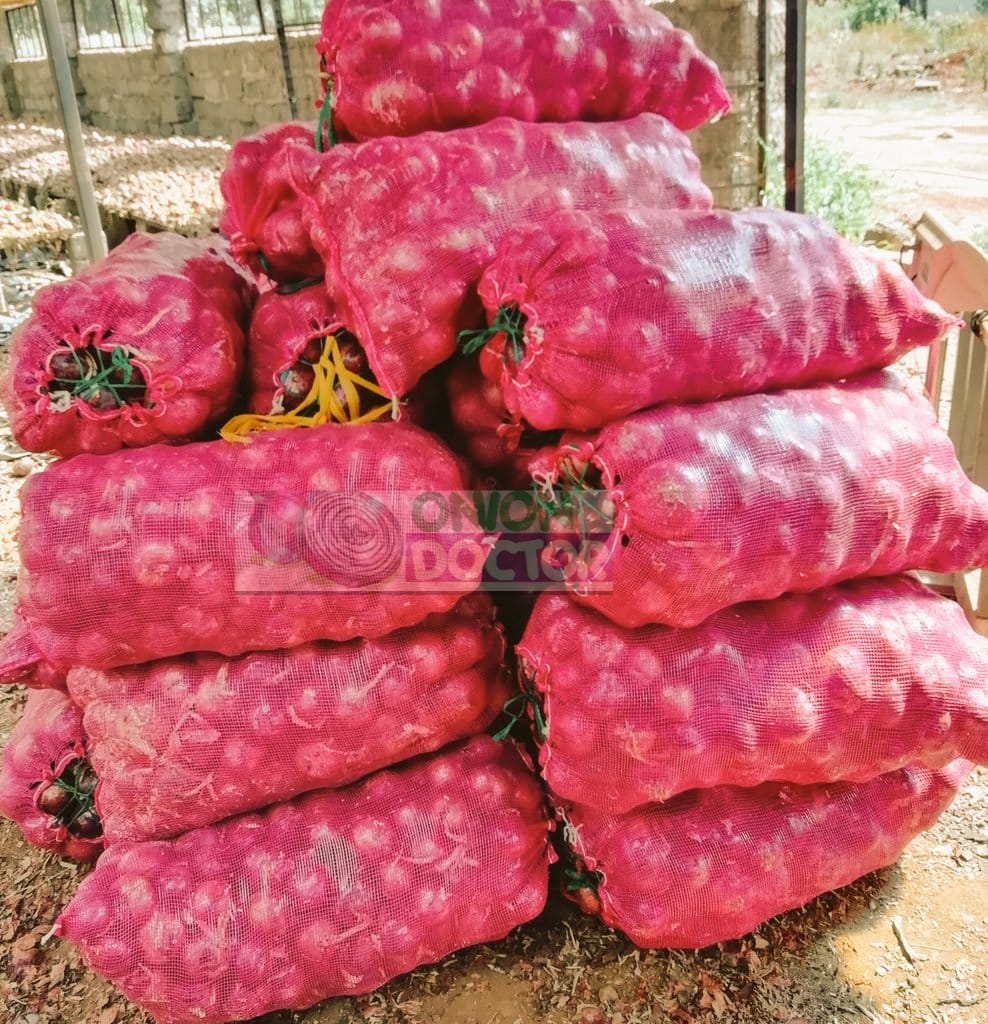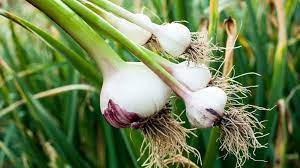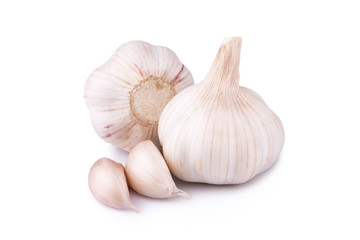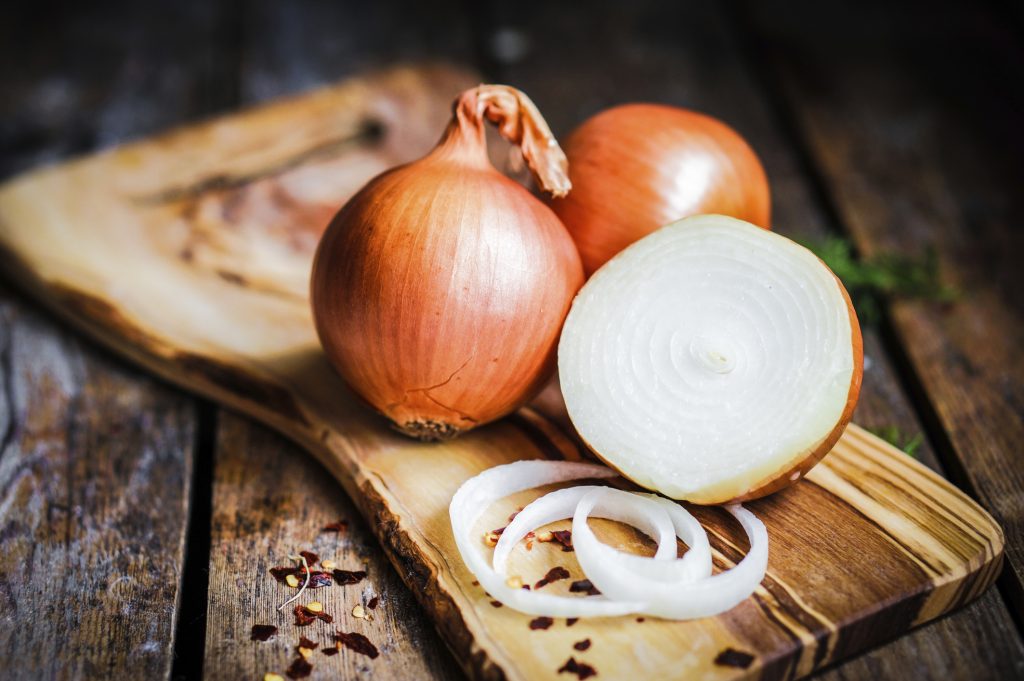Are you in need of in-depth knowledge on onion and garlic production? If yes, we are a call away. Contact us for: Onion seedlings, Garlic seedlings, Germinated garlic cloves, Farm planning services, Soil testing, training on onion and garlic growing, Drip irrigation installation and maintenance, Agronomic support, Onion and Garlic value pack and Farm management. For free consultation, placing orders or booking a visit with an agronomist, please contact us via Call or what’s app +254703982228, Email: Info@oniondoctor.co.ke. You can also check out our social media handles for daily updates on TikTok: https://www.tiktok.com/@oniondoctorke?_t=ZM-8wmsTu0qumO&_r=1 Instagram: https://www.instagram.com/oniondoctorke?igsh=MTVoaHF3aWUydTJzaQ==Facebook:https://www.facebook.com/share/16SwgYn2dG/ Youtube:https://youtube.com/@oniondoctorke?si=u5Jnd-r0qU9UDYqL and Twitter: https://x.com/OnionDoctorKe?t=FR3JXlS_oN1vjjUgAtfyzg&s=09 Onion farming in Kenya is widely done in small-scale in either open gardens or green houses. Onions are always at a sought-after in Kenya for spicing as well as giving food a sweet flavor. The common types of onions grown in Kenya are the red, white, and yellow onions. Red creole onions have 4 major qualities that makes them to be outstanding among the other red onions. Red creole onions are known to be medium maturing onion, they have a dark red color, and they have awesome yield potential. The red creole onions have tight rings. For you to be able to different the red creole from the other onions, you should check its outer scale, you will definitely see very light red lines that runs to the center of the bulb; they have a pungent taste that makes them not to be as sweet as other onions though excellent in cooking and making salads. Favorable climate for the red creole onions The best time to plant red creole onions in Kenya is during mild temperatures seasons. In simple words, they grow well in a location that has full sun as well as medium rain; in fact, the best time to plant onions in Kenya is during hot months like January. The red creole onions are very hard and therefore they require water moderately. The good thing is that they can also grow well in places that have intense cold temperatures; favoring the farmers. Which is the best soil to grow red creole onions? Well, the red creole onions can do well in clay, loamy, or sandy soils. The P.H should at least range between 6.0 to about 7.0. This range P.H logically tells the potential farmers that they should grow this type of onions in places that have weak acidic or neural areas. How to Plant Red Creole Onion in Kenya Red creole onions are very easy to grow as long us you grow them in their perfect temperature with the right type of soil. These type of onions require mild temperatures. In simple words, they grow in a location that has full sun as well as medium rain; in fact, the best time to grow onions in Kenya is on hot months like January. The red creole onions are very hard and therefore they require water moderately. Harvest your onions The red creole onions are usually very hard compared to other onions and they are also flat. In 100 to 175 days your onions will be ready for harvest. The good thing is that the green onions are also good and they can be harvested in not more than 3 weeks. The best time to harvest your onions is during October and January; this is because most Kenyans depend on Tanzania imports. Red Creole Onion Benefits: Onions prevent our bodies from getting infected with cancer Cancer disease has cause a number of death in the country for making cells grow in an controllable manner, it divides and get to invade other tissues. Red creole onions contains a chemical that is very powerful for fighting cancer referred to as quercetin. Quercetin is the reason the onions are red in color and the chemical belongs to flavonoids, sprout pigments. Red creole onions improves human oral health Logically, one can avoid chewing onions for causing bad breath. Right? When you compare the bad breath with the benefits that the onions will cause in your month, we are sure you will take a crisp and start chewing. The first thing is that chewing of raw onions is known to fight off tooth decay bacteria. Climate Change As told earlier the best climate for growing red creole onions is full sun. This means that during rainy seasons onion growing areas in Kenya are greatly affected. For instance this year, almost every part of Kenya has been having heavy rains causing a very high increase in the onion prices. Pests and diseases If pest and disease are not controlled, they will highly reduce the quality of your red creole onions leading to low red creole yield per acre. This is because foliar diseases, fungal diseases, as well as bulb rots are prone to attack onions. The fungal diseases include the mildew, leaf rot, neck rot, as well as rust. If not controlled, it will highly spread to your other plots causing low yields of onion production per acre. Onion Doctor supports small holder farmers across Africa with quality and affordable Onion and Garlic seedlings, Onion seedlings, Farm planning services, Soil testing, Drip irrigation installation and maintenance, Agronomic support, Onion and Garlic value pack, Farm management, E-extension and on-farm training for farmers to optimize on yields and get maximum profits.

